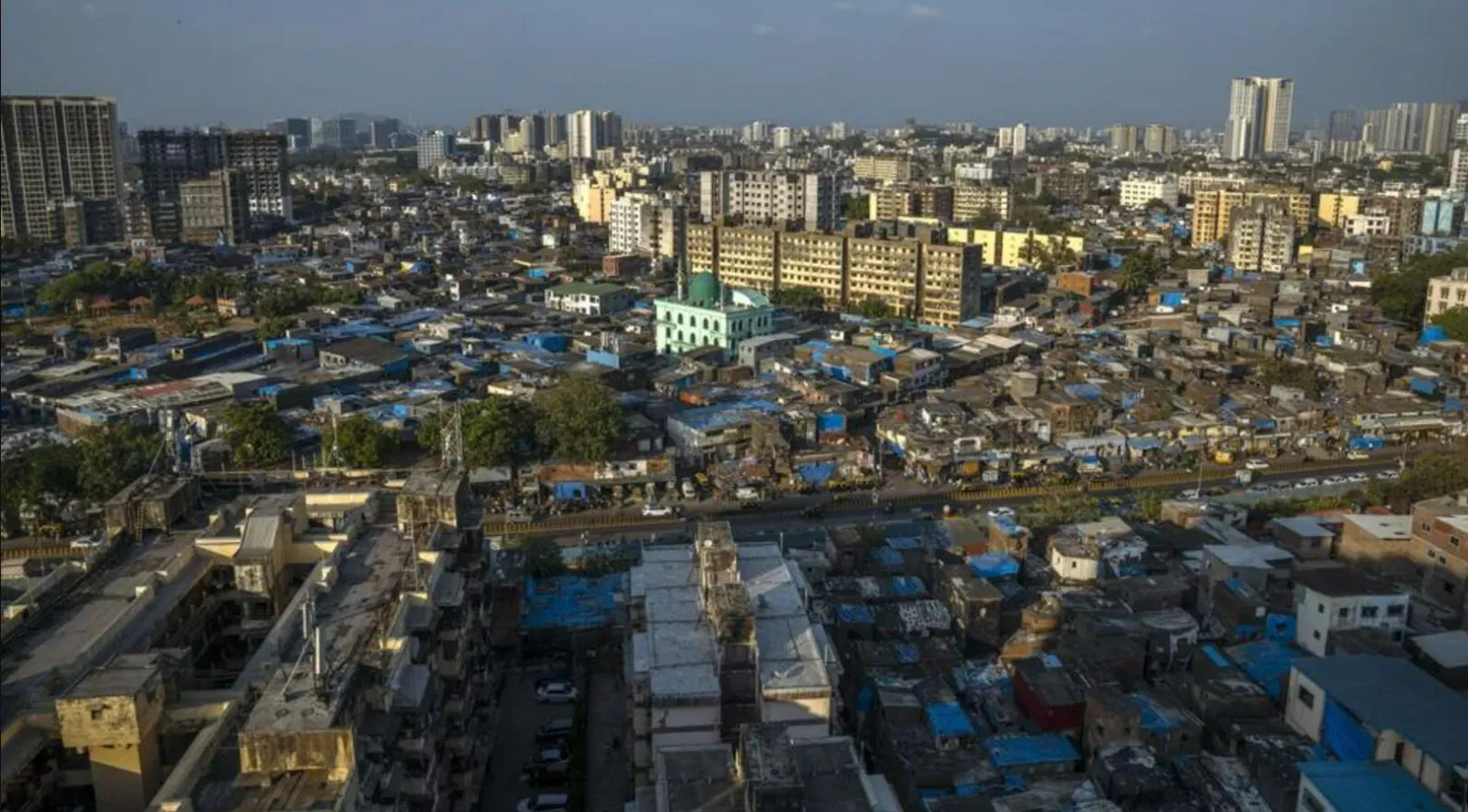Dharavi Real Estate: Transforming Mumbai's Largest Slum into a Modern Urban Hub

By
Xebina Hasnee
Posted on March 5, 2025. 10 mins

Dharavi Real Estate: Transforming Mumbai's Largest Slum into a Modern Urban Hub

Introduction
Dharavi, often described as one of Asia’s largest slums, is undergoing a monumental transformation that promises to reshape Mumbai’s real estate landscape. Located in the heart of the city, Dharavi’s redevelopment project—led by the Adani Group—is not just about rehabilitating a million residents but also about setting a global benchmark for sustainable urban renewal. With an estimated investment of ₹3 lakh crore, this project is poised to impact Mumbai’s real estate market significantly, particularly in Central Mumbai, where land scarcity has long been a constraint. Also, Read our Blog on Neighborhood Guides: Sion.
Historical Background
Dharavi’s origins trace back to the 18th century when it began as a small fishing village inhabited by the Koli community. By the 19th century, it evolved into a hub for tanneries and pottery, attracting migrant workers. Today, it spans 600 acres with a population exceeding one million, making it one of the world’s most densely populated areas (354,167 per km²). Despite its challenges, Dharavi’s informal economy generates an annual turnover of over $650 million, driven by leather goods, textiles, and recycling industries. Besides, Read our Blog on Sion Railway Station.
Current Real Estate Landscape

Property Prices in Dharavi and Surrounding Areas
While Dharavi, Mumbai, itself is primarily a slum, neighboring localities offer a mix of affordable and mid-range housing:
- Rajiv Gandhi Nagar: ₹7,636 per sqft
- Sindhi Colony: ₹17,841 – ₹29,323 per sqft
- Sion East: ₹13,333 – ₹51,060 per sqft
- Sion West: ₹18,750 – ₹47,059 per sqft
- Rani Laxmibai Chowk: ₹31,429 per sqft
Commercial properties in Dharavi command high rents due to proximity to business hubs like Bandra Kurla Complex (BKC), India’s costliest commercial office complex.
Redevelopment Impact on Property Values
The redevelopment is expected to drive property prices upward. Experts predict a surge in demand for residential and commercial spaces, particularly in Central Mumbai, where new projects have been limited due to land shortages. Also, Read our Blog on Kurla Property Market.
Dharavi Redevelopment Project: A Detailed Overview

Project Structure and Stakeholders
The Dharavi Redevelopment Project (DRP) is a joint venture between the Maharashtra government and the Adani Group. The Adani-led entity, Navbharat Mega Developers Pvt. Ltd., holds an 80% stake, while the government retains 20%. The project’s master plan involves international experts like Hafeez Contractor, Sasaki, and Buro Happold, ensuring a globally benchmarked urban design.
Current Status and Progress
As of February 2025, the project’s first phase has commenced on a 6.4-acre railway parcel in Matunga West. Over 25,000 tenements have been surveyed, with 60,000 dwellings numbered since March 2024. The survey, critical for determining resident eligibility, uses advanced Lidar mapping and door-to-door verification.
Timeline and Phases
The project spans 17 years, with the rehabilitation phase targeted for completion within seven years of approvals. The first phase includes constructing modern housing for railway employees and Dharavi residents, along with commercial spaces.
Eligibility and Resettlement
Eligible residents (those living in Dharavi before January 1, 2000) will receive free 350 sqft apartments. Ineligible residents may access affordable housing under the Pradhan Mantri Awas Yojana (PMAY) or rental options.
Mixed-Use Development
The project integrates residential, commercial, and industrial spaces, creating a self-sustaining ecosystem. This model aims to preserve Dharavi’s economic vitality while improving living standards.
Sustainability and Infrastructure
The redevelopment emphasizes green spaces, wider roads, and modern utilities. Adani’s vision includes preserving Dharavi’s “ecosphere,” ensuring residents maintain their livelihoods during and post-construction.
Trends and Market Impact

Surge in Investment Opportunities
The DRP is expected to unlock significant real estate potential in Central Mumbai. Areas like Sion, GTB Nagar, and Chunabhatti are likely to see rising property values as infrastructure improves and connectivity enhances.
Commercial Real Estate Growth
Dharavi's commercial real estate sector is thriving, with rental yields reaching 8–10% annually, significantly higher than Mumbai’s average of 6–7%. This growth is fueled by proximity to SEEPZ (Santa Cruz Electronics Export Processing Zone) and BKC (Bandra Kurla Complex), which attract retail, IT, and logistics firms.
Sustainable Development
Developers in Dharavi are increasingly prioritizing sustainability to comply with Mumbai’s Development Control Regulations (DCR). LEED-certified buildings with solar panels, rainwater harvesting systems, and energy-efficient designs are becoming common. These green certifications command a 10–15% price premium, reflecting buyers’ growing preference for eco-friendly homes.
Conclusion

Dharavi’s redevelopment is not merely a real estate project but a catalyst for transforming Mumbai’s urban fabric. By balancing rehabilitation with economic sustainability, it sets a precedent for slum redevelopment globally. As the project progresses, it will continue to influence Mumbai's real estate trends, offering both challenges and unprecedented opportunities. For those in pursuit of their dream home, investment opportunities, or a sanctuary to call their own, Jugyah provides top housing solutions with its intelligent technology.
Frequently Asked Questions
Q1: What is the current status of the Dharavi Redevelopment Project?
A1: The project’s first phase began in February 2025 on a 6.4-acre railway land parcel. Over 25,000 tenements have been surveyed, with construction approvals expected shortly.
Q2: How will the redevelopment affect property prices in Dharavi?
A2: Property values are expected to rise due to improved infrastructure and connectivity. Central Mumbai's real estate market may see a surge in demand for both residential and commercial spaces.
Q3: What investment opportunities exist in Dharavi real estate?
A3: Investors can explore properties in neighboring areas like Sion and GTB Nagar. The project's mixed-use design also offers commercial investment potential.
Q4: What is the timeline for completing the Dharavi redevelopment?
A4: The full project spans 17 years, with rehabilitation completing within seven years of approvals. The first phase is underway, targeting completion by 2032.
Q5: How does Dharavi's real estate compare to other parts of Mumbai?
A5: Dharavi currently offers affordable housing compared to upscale areas like BKC. Post-redevelopment, it may bridge this gap with modern amenities and integrated infrastructure.